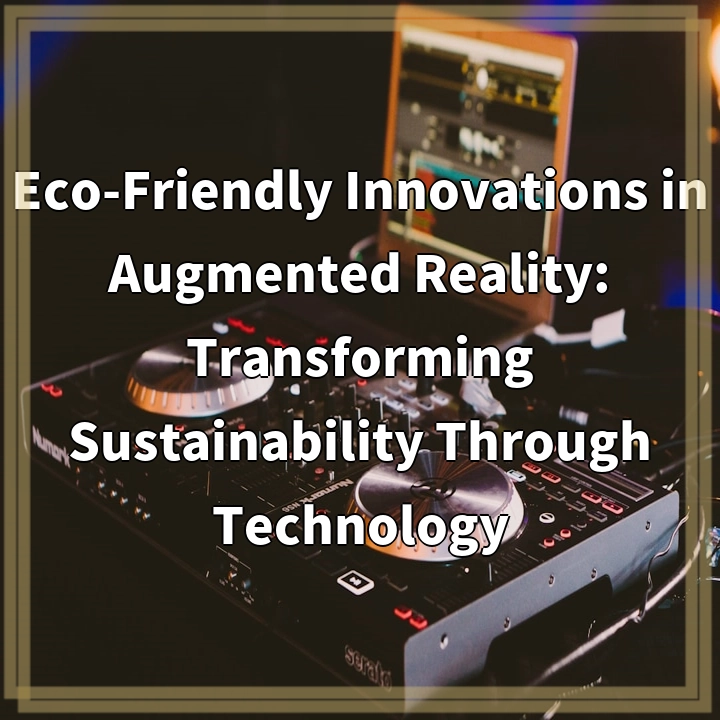
What it is:
Next-Gen Internet Infrastructure refers to the advanced systems and technologies designed to enhance connectivity, speed, and reliability of the internet. As digital demands increase, traditional infrastructures often struggle to keep up. Green solutions in this context focus on sustainability, energy efficiency, and reducing the environmental impact of internet technologies. This includes utilizing renewable energy sources, optimizing data centers, and developing more energy-efficient networking equipment.
Key Components of Green Internet Infrastructure
Green solutions encompass various components, including:
- Use of renewable energy sources, such as solar and wind, to power data centers and network operations.
- Development of energy-efficient hardware and software that reduces the electricity consumption of routers, switches, and servers.
- Implementation of smart grid technologies for better energy management.
- Promotion of circular economy practices, such as recycling and repurposing old tech components.
Real-World Problems
Despite the promising potential of green solutions, several real-world problems hinder the transition to Next-Gen Internet Infrastructure:
1. High Initial Costs
Investing in renewable energy setups and energy-efficient technologies often requires significant upfront capital. Many organizations are reluctant to invest without the assurance of long-term savings, making it a barrier to widespread adoption.
2. Infrastructure Limitations
The existing internet infrastructure in many regions is outdated and not designed for modern demands. Upgrading or replacing this infrastructure can be a daunting task, especially in rural areas where financial resources may be limited.
3. Technological Complexity
Implementing green technologies involves navigating complex systems and potential compatibility issues with existing infrastructure. This can create challenges for IT departments that must manage multiple systems and standards.
4. Policy and Regulatory Hurdles
The lack of supportive policies or incentives can slow the adoption of green solutions. Regulation often lags behind technological advancements, which can impede innovation and investment in sustainable internet infrastructure.
5. Awareness and Education
Many organizations and communities are still unaware of the benefits of adopting green solutions. A lack of education can contribute to resistance to change and missed opportunities for sustainable practices.

Solutions for Green Next-Gen Internet Infrastructure
Addressing the challenges associated with Next-Gen Internet Infrastructure requires a multifaceted approach. Here are some key solutions that can promote sustainability while improving internet services:
1. Investment in Renewable Energy
Transitioning to renewable energy sources, such as solar and wind, is critical. Organizations can power data centers and networking equipment sustainably, significantly reducing their carbon footprint over time.
2. Upgrading Infrastructure
Investing in modern, energy-efficient infrastructure enables better performance and lower energy consumption. This can include replacing outdated hardware with the latest technologies designed for sustainability.
3. Implementing Smart Technologies
Leveraging smart grid technologies can optimize energy use and enhance management practices. This helps ensure that energy consumption is as efficient as possible, aligning with sustainability goals.
4. Policy Advocacy and Support
Engaging with policymakers to create supportive regulations and incentives can facilitate the adoption of green solutions. This may include tax breaks for using renewable energy or funding for infrastructure upgrades.
5. Education and Awareness Programs
Raising awareness about the benefits of green solutions is paramount. Educational programs can empower organizations and communities to embrace sustainable practices and understand the long-term advantages of transitioning to greener technologies.















